Ciao Amica / Ciao Amico,
Ti scrivo finalmente da Govone (my hometown in Piedmont), dopo dieci giorni intensi tra Roma e Napoli. Oggi è la prima mattina in cui mi siedo con calma, con una tazza di caffè (coffee) e il suono dei tasti del mio computer che mi tiene compagnia. È un suono che adoro — mi dà l’idea che sto parlando proprio con te.
La nonna bis (great-grandma) si occupa di Jack con la pazienza di chi ha cresciuto tanti bimbi, mentre Damian è nel viale che porta al castello (castle), ad insegnare a Charlie ad andare in bicicletta (bike), senza rotelle!
Qui c’è pace (peace). Dopo la frenesia delle grandi città, il traffico, le scale con il passeggino (stroller), i pasti veloci e i treni… questo silenzio è rigenerante.
Ed è da qui che ti racconto della nostra ultima settimana: tra la luce dorata di Roma, le sfogliatelle (Neapolitan pastries) a colazione e le corse dei bambini sui marciapiedi (sidewalks).
Siamo arrivati a Roma con un treno notturno (night train): una cuccetta familiare (a family bunk) con quattro letti, lenzuola pulite, colazione servita. Jack ha dormito a intermittenza, Charlie era incuriosito e toccava tutto… ma alla fine ce la siamo cavata! (we managed)
Appena arrivati, passeggiata fino alla Fontana di Trevi alle 6:20 del mattino. Speravamo in una visione solitaria… ma c’erano già turisti ovunque! (view instagram post)
Il nostro appartamento era nel Ghetto (Jewish Quarter). Comodo, ma con una scala ripidissima (very steep) e una porta troppo stretta per il nostro passeggino doppio.
A Roma guardo sempre in alto: quegli attici pieni di fiori (flowers) mi fanno sognare uno studio pieno di libri e una sedia a sdraio (a deck chair) al sole .
A colazione (breakfast): cornetto al pistacchio (pistachio croissant — in Rome, we call it “cornetto”). A pranzo (lunch), spesso pizza al taglio (pizza by the slice). A cena? Carbonara, crocchette di patate (potatoes croquettes), un bicchiere di Frascati… e tiramisu.
Abbiamo rivisto amici romani e australiani, e ovunque c’era “er Cupolone” (St. Peter’s Basilica, in Roman dialect) a farci da bussola.
Una sera speciale: l’evento di Untold Italy organizzato da Katy. Una serata elegante e piena di energia, con persone da tutto il mondo che amano l’Italia. Io e Marcella — una delle nostre insegnanti — ci siamo finalmente abbracciate dopo anni di videochiamate. Che emozione!
Poi Napoli. Un’altro treno veloce, quartiere Chiaia, terrazzo con vista sul Golfo (Gulf). Si intravedevano (they glimpsed) Capri e il Vesuvio (Vesuvius) tra la foschia.
Colazioni con la moka, pranzi dai negozietti: mozzarella, frittatine di pasta, buondì, sfogliatelle — riccia o liscia (curly or smooth)? Io ho assaggiato entrambe. Per dovere professionale 😉
Passeggiate nei Quartieri Spagnoli, odore di bucato (laundry), voci dalle finestre a livello strada. La vita vera.
Con due bimbi piccoli, il viaggio è stato più lento, ma bellissimo. Abbiamo imparato a goderci le piccole cose: un angolo d’ombra (a shady spot), una panchina (bench), un gelato al pistacchio.
So che la settimana scorsa non ti ho scritto, ho avuto troppo poco tempo.
Ma oggi ricevi il racconto tra Roma e Napoli, e domenica una newsletter speciale: come creare un mini-rituale quotidiano per imparare italiano con costanza e gioia — anche se hai poco tempo.
E allora, ecco per te la mia collezione di cose belle (collection of beautiful things) da leggere, guardare, ascoltare e – se vuoi – studiare per questa settimana. Puoi sceglierne una o due, oppure gustartele tutte con calma.
Se sei già uno/a dei nostri studenti, possiamo parlarne insieme durante la prossima lezione (lesson).
Ti abbraccio forte,
Monica
SUPPORT THIS PROJECT
I create this newsletter — along with audio, activities, and cultural notes — with lots of care each week, and it’s free for everyone. If it brings you joy or helps you learn, consider saying grazie with the equivalent of a coffee a month 💛
Already a free subscriber? You can upgrade anytime to help keep this project alive and growing. Click below 👇 to become a paid supporter.
DA IMPARARE: Italian I actually use
“Faceva tanto caldo, ma tra fontane e gelati, ce la siamo cavata!” (“It was so hot, but between fountains and ice cream, we managed!”)
Cavarsela is one of those Italian expressions I love because it’s humble and honest. It means to get by, to manage, to be okay even if things aren’t perfect.
✨ Ce la siamo cavata
We used this phrase more than once in Rome and Naples… because traveling with two small kids? Tiring. Chaotic. But we got through it.
✨ Me la cavo
It’s something you can say about your Italian:
Parlo italiano… non molto bene, ma me la cavo.
(I speak Italian… not very well, but I get by.)
It’s a reflexive expression with little “la” and “me/ce” floating around — but don’t worry about that now. Just try to use it!
DA ASCOLTARE: While you walk, cook or relax
If you want to hear Italian this week, I recommend two podcast episodes that take you straight to the heart of Rome and Naples:
🎙️ Una passeggiata a Roma - walk Rome, through language and stories by our friend Eleonora @Italianoconamore
🎙️L’oro di Napoli - Follow historian Giovanni Savino from Università Federico II as he walks us through Naples, sharing its secrets, stories, and places you shouldn’t miss to feel the real soul of the city.
DA RICORDARE: Read it well!
Let’s talk pronunciation — specifically, the word pistacchio.
You’ve probably eaten it… but have you ever said it out loud in Italian?
It’s pronounced:
/pi-STAK-kio/ — with a hard “K” sound in the middle.
That’s because in Italian, when you see “ch” before I or E, it’s always a hard /k/ sound.
Here are a few examples:
– chiave (key) → /KIA-ve/
– amiche (friends, f.) → /a-MI-ke/
– macchina (car) → /MAK-ki-na/
💡 Not like English! Never like “cheese” or “chip”. It’s always strong and clear.
🎁 SPECIAL FOR YOU – Leggi Bene!
I’ve created a tiny pronunciation course called Leggi Bene — Read Well — because so many of you ask:
“How can I feel more confident reading and speaking Italian out loud?”
This 2-week course gives you:
- Audio lessons to follow day by day
- Easy reading practice
- Pronunciation tips explained clearly
- Personal feedback from one of our tutors
- TWO 1:1 lessons to practice live!
Normally it costs 270 AUD… But for newsletter readers 50% off!
USE CODE: newsletter at checkout
It’s a gentle, empowering first step toward saying Italian words out loud and feeling brava/o doing it. Click here to join Leggi Bene »
USE CODE: “newsletter” at checkout for special 50% discount
DA BERE – Sip a little Italy

This week we’ve been talkingRome and Naples — so why not taste them too? Here are some of my favorite wines from those regions:
🍷 Frascati Superiore (Lazio) A crisp, fresh white wine often served in Roman trattorie — perfect with pizza bianca and prosciutto.
🍷 Lacryma Christi del Vesuvio (Campania) Literally “Tears of Christ” — made on the slopes of Mount Vesuvius. Available in both red and white, volcanic and full of personality.
🍷 Falanghina A southern white wine: light, aromatic, ideal with mozzarella and seafood.
If you’re in Italy, try one. If not, look for them at your local wine shop and pretend you're there!
L’ITALIANO CHE SI SENTE PER STRADA – Rome and Naples
If you’re planning to visit Rome or Naples, get ready: it’s not just about monuments and museums. It’s about the way people talk. The way they greet you, describe the heat, or talk about food — using words you won’t find in a textbook.
In Rome, you might hear “Aò!” instead of Ciao! In Naples, someone might say “Addò vai?” instead of Dove vai? (Where are you going?)
These regional expressions are part of the real Italy — lively, playful, and deeply local. Even if you just learn a few, you'll connect more deeply with people and places.
ROMAN: A city, a stage, a dialect
"Er Cupolone" – San Pietro, affectionately called the Big Dome by Romans
"Me sto a squajà" – It’s so hot, I’m melting!
"Aò!" – A catch-all Roman greeting or exclamation
"Annamo bene" – Ironically: Great… (when things go wrong)
👉 In Roman dialect, “il” becomes “er”:
il sole → er sole
il Papa → er Papa
Just listening to locals speak is a mini language lesson on its own!
NAPOLETANO: Music in the language
Naples has one of the richest linguistic traditions in Italy. The Neapolitan dialect (which is technically a separate language!) is musical, emotional, and poetic.
Even a simple phrase like “Sta bbuono!” (Take care!) feels like a song.
You might hear:
“Addò vai?” – Dove vai? (Where are you going?)
“Aggio visto…” – Ho visto (I saw…)
“'O vico” – Il vicolo (the alleyway)
“Nu babbà” – A baba pastry — or sometimes used metaphorically to describe someone sweet!
While it’s not expected that you speak Neapolitan, being aware of it helps you understand the soul of the city — and smile when someone calls you “guaglió” (kiddo).
STUDIA CON NOI – Your Italian, Your Way
Want to learn Italian but don’t know where to start? Begin with a free Meet & Greet — a friendly video chat where we learn about you and start building your PERCORSO SU MISURA (a tailored program).
“I was nervous at first, but Monica made me feel so comfortable. Now I meet weekly with my tutor Marcella and finally feel like I’m speaking — not perfectly, but with joy.”
Caroline, Melbourne




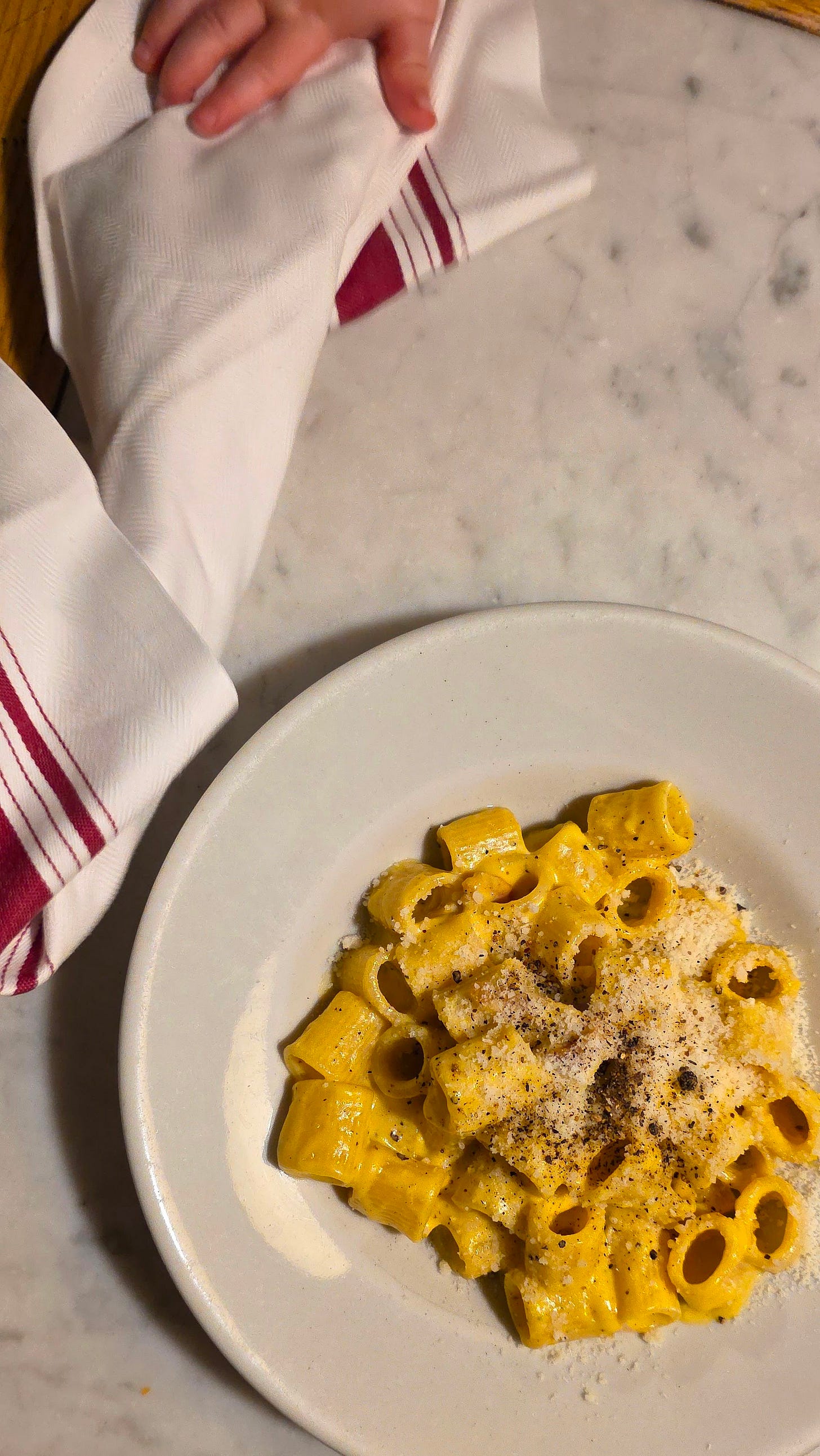

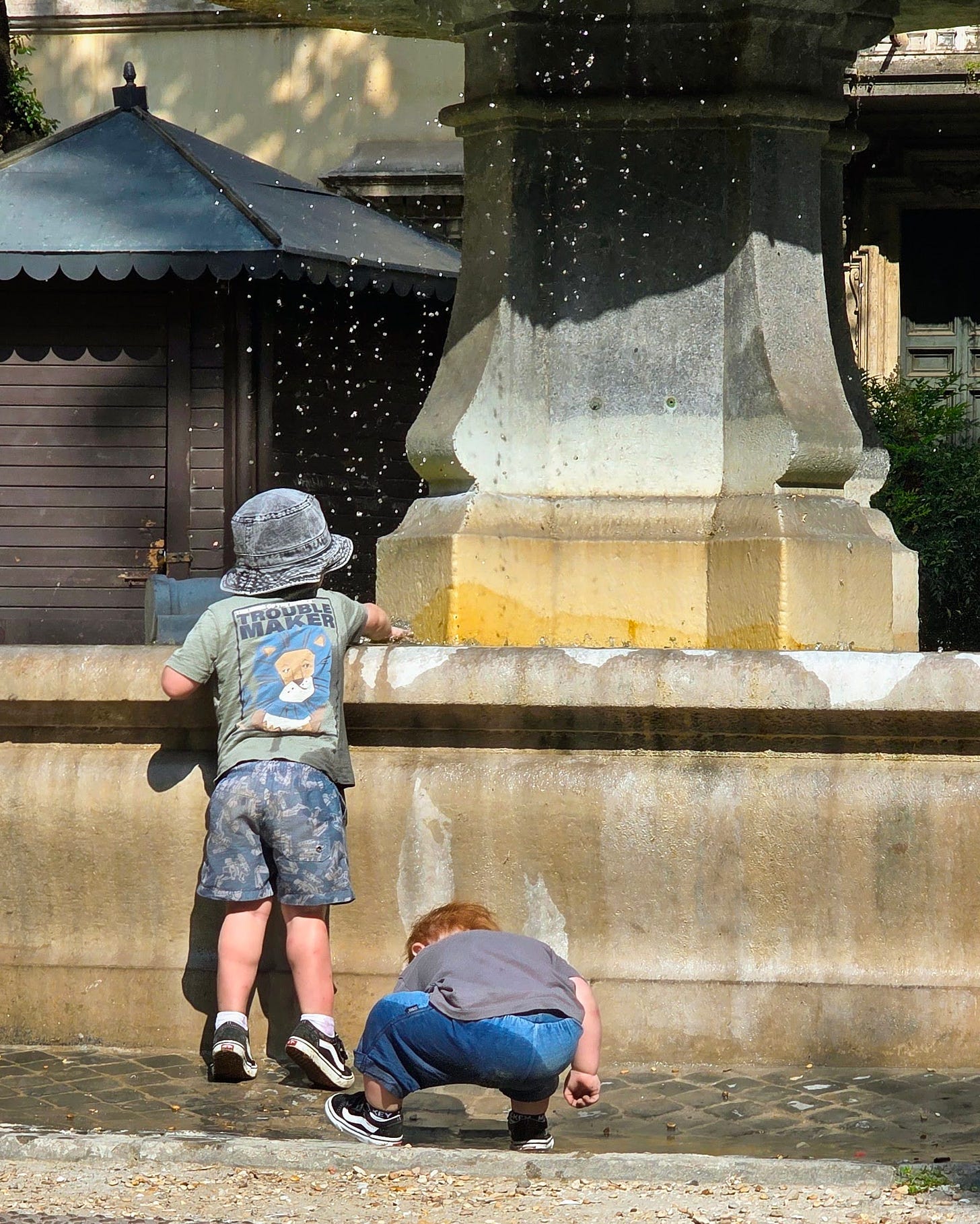
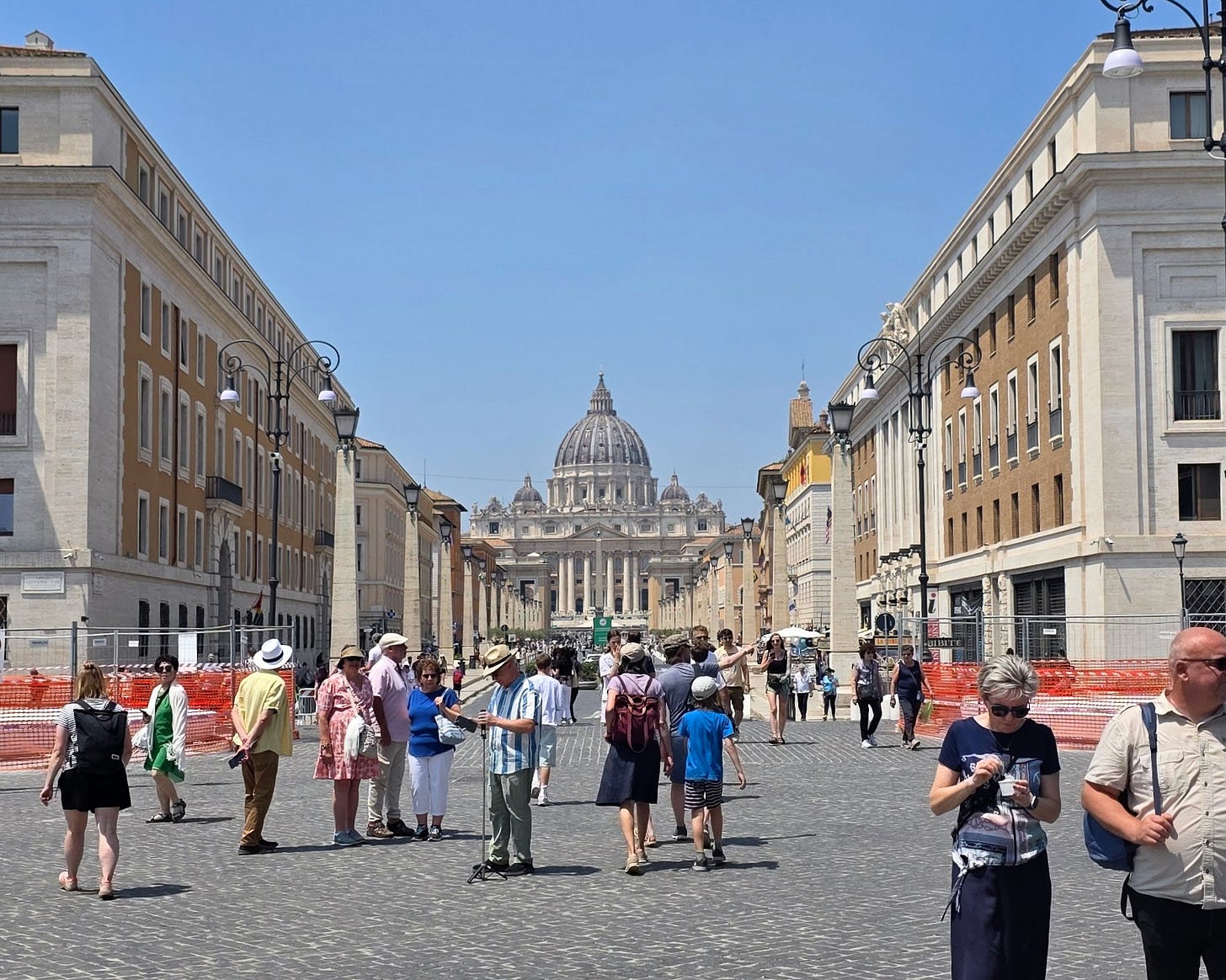
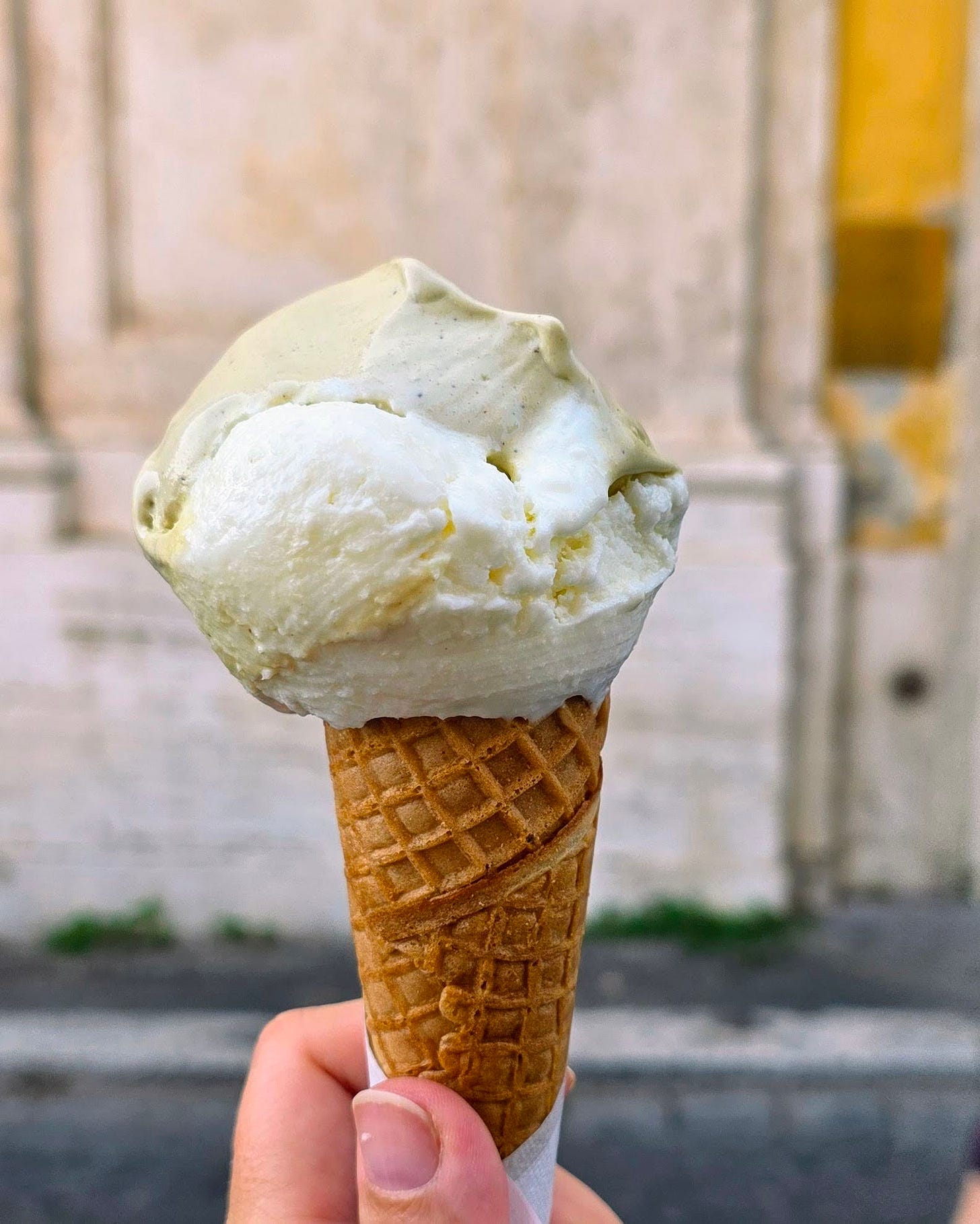
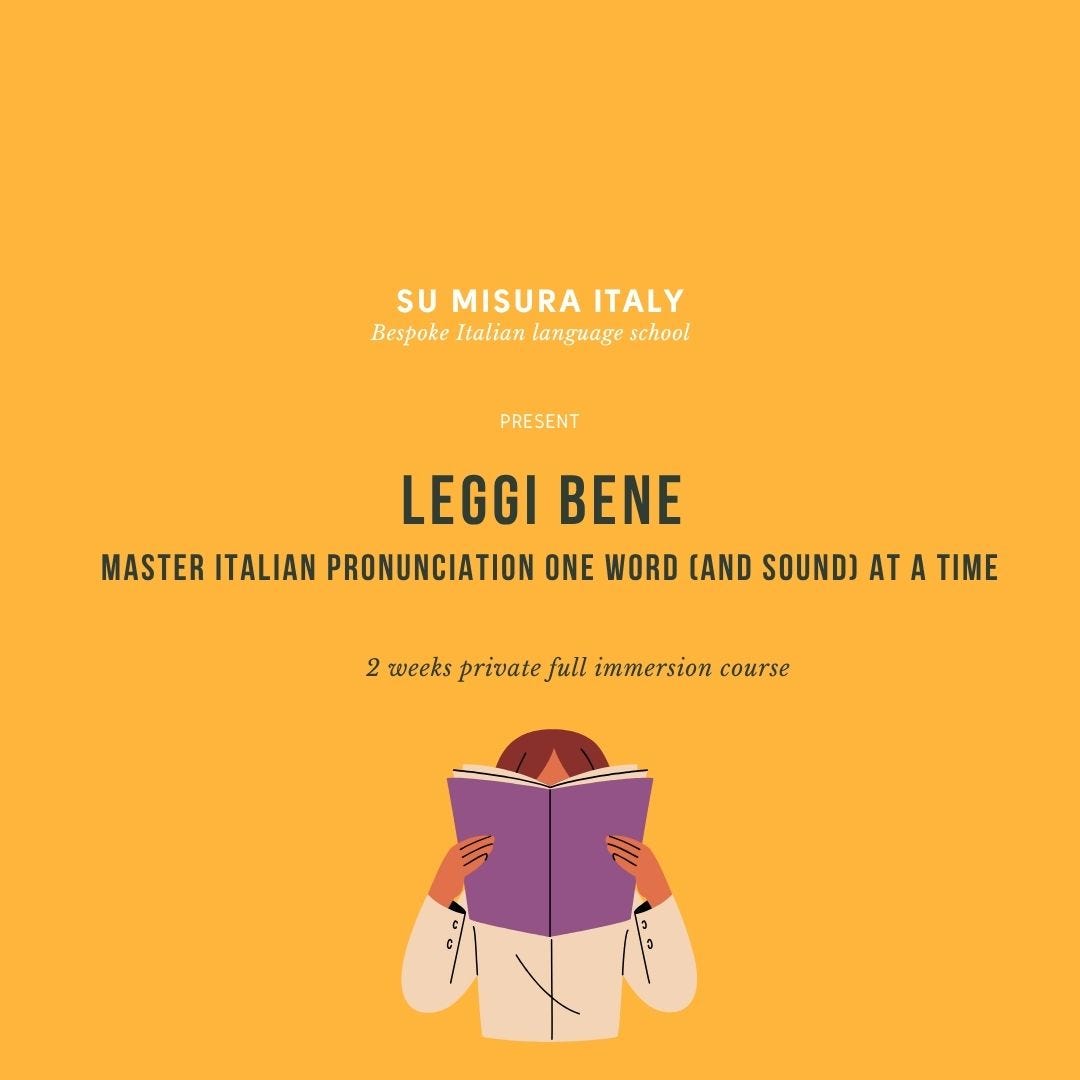
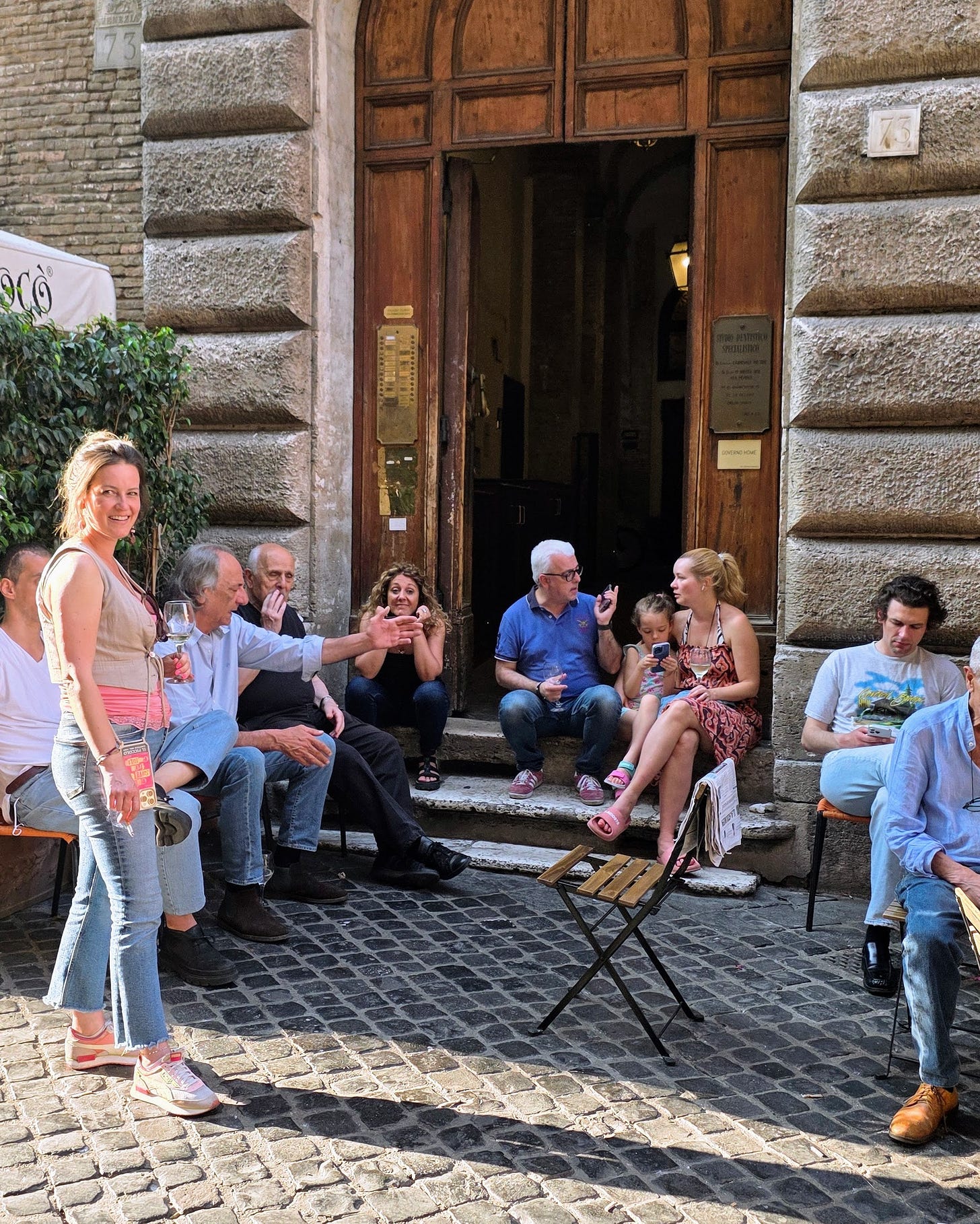
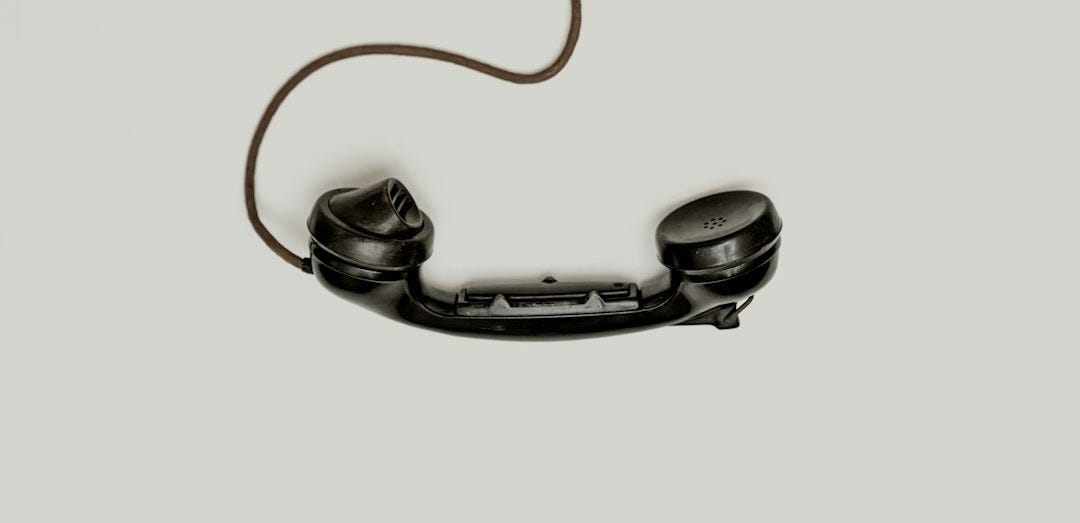


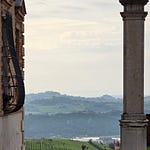




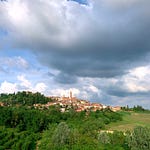
Share this post